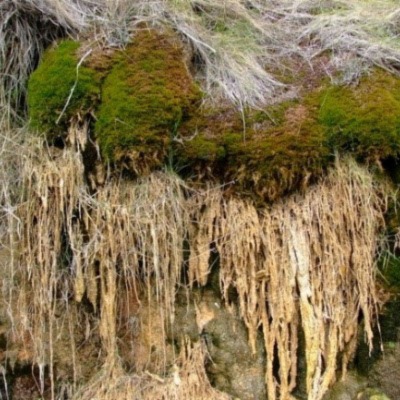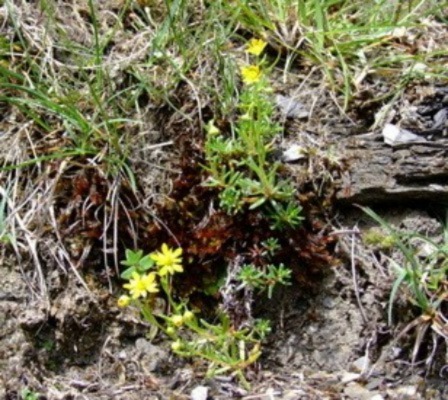Studies on springs
Studies on springs
Springs are important hydrological and ecological components in the landscape. Depending on the chemical composition of the water, they can be of high nature value and support rare species of flora and fauna. Ground water which is unpolluted and contains elevated concentrations of dissolved calcium carbonate can give rise to a highly specialised habitat type, with a distinctive floristic composition, known as ‘petrifying springs’.
Petrifying springs occur where lime-rich water issues from beneath the ground surface and, on contact with the atmosphere, deposits calcium carbonate in the form of tufa, a soft, porous rock. This habitat type is of small spatial extent and its significance and vulnerability are recognised by designation as the priority habitat ‘Petrifying Springs with Tufa Formation (Cratoneurion)’ under the European Union Habitats Directive (92/43/EEC).
Ensuring the survival of remaining, intact examples of specialised habitats such as petrifying springs is essential in addressing biodiversity loss. Spring habitats are vulnerable to damage from a wide range of sources: nutrient enrichment and other pollutants, including nitrates, phosphates and sulphates; alterations to the pattern of water flow, due, for example, to water extraction or land drainage; inappropriate grazing levels, both under- and over-grazing; physical damage, such as deepening of drains; recreational activities; and the impact of non-native species (in particular, the inappropriate siting of tree plantations).

Petrifying spring on the coast near Balbriggan, Co. Dublin (May 2013) with Palustriella commutata, a characteristic moss of this habitat type, forming large golden-green wefts. Beneath these, tufa stalactites have formed as spring water trickles downwards on grass stems.
Saxifraga aizoides (Yellow Saxifrage) and the metallic-red moss Orthothecium rufescens on the Benbulbin Range in Co. Leitrim (July 2013). Both are very rare species of unpolluted, lime-rich springs in Ireland; Orthothecium rufescens is assessed as ‘Near Threatened’.
Principal Investigators:
- Dr Daniel Kelly, TCD
- Melinda Lyons, TU Dublin
Timeframe
- 2010 - present
Funder
- National Parks and Wildlife Service
- Irish Research Council
Partner Institutions
- International Association for Vegetation Science (Masaryk University, Brno/ State Agency for Nature Protection (LANUV), Germany)
- Springs Stewardship Institute, Museum of N. Arizona, USA.
Research outputs
- Lyons, M.D. & Kelly, D.L. (2016) Monitoring guidelines for the assessment of petrifying springs in Ireland. Irish Wildlife Manuals, No. 94. National Parks and Wildlife Service, Dublin.
- Lyons, M.D. & Kelly, D.L. (2017) Plant community ecology of petrifying springs (Cratoneurion) – a priority habitat. Phytocoenologia 47:13–32.
- Lyons, M.D. & Kelly, D.L. (2020) Rapid tufa deposition and bryophyte growth rates in Irish petrifying springs. Journal of Bryology, DOI: 10.1080/03736687.2020.1844990
Stevens, L. et al. (2021) The ecological integrity of spring ecosystems: a global review. Reference Module in Earth Systems and Environmental Sciences, Elsevier
